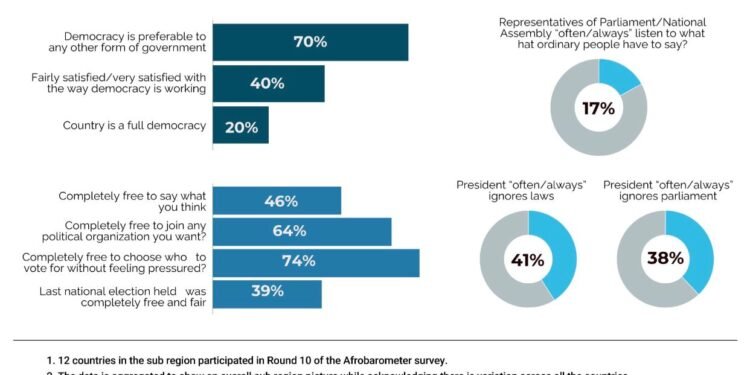By carefully calibrating digital currencies, and by applying a nuanced approach to the implementation of Central Bank Digital Currencies (CBDCs), CBDCs stands the chance of being the next big gig, Analytics Insight disclosed.
The Central Banks by leveraging on cross-border payments, empowering quicker settlement of large-value payments, and expanding the scope of their coverage, can change the face of traditional payments.
“CBDCs offer direct rests in extending the scope of financial inclusion. Indeed, even today, a significant portion of the world’s population cannot get ideal monetary administrations.
“Instances of distant regions in developing nations show limitations on admittance to bank accounts.
“Many banks are not exactly anxious to arrive at such districts with their administrations.
“In such cases, CBDC aces could guarantee easy admittance to a monetary framework with low expenses and affirmation of better productivity.”
Analytics Insight
Also, on cross-border digital payment transactions, Analytics Insight disclosed that “as per the research done with the coordinated effort of the Central Banks of Canada, Singapore, and the UK, CBDC has the potential for improving counterparty credit risk on account of cross-line instalments and settlements between banks. Interestingly, the wholesale CBDC benefits could give the ideal response to supplanting cross-border payments.”
Furthermore, the research by Analyst Insight reveals that, the scope of peer-to-peer (P2P) and point of sale (POS) payment structures could be changed with the dominance of the CBDCs.
As the usability of physical cash is gradually fading out, most economies are adopting digital payment forms such as Google Pay and Paytm, the research disclosed.
Also, according to the Atlantic Council’s CBDC tracker, about eighty-one (81) economies whose total GDP represent about 90% of the world’s GDP are currently researching the rewards and benefits from CBDCs.
Meanwhile, according to Analytics Insight, most central banks globally, are “effectively researching the benefits and drawbacks of offering digital currencies to everyone”.

Furthermore, the Bank of England, European Central Bank, Bank of Canada, Bank of Japan, Sveriges Riksbank, Swiss National Bank, Bank of International Settlements (BIS), and the Board of Governors of the Federal Reserve are planning on constituting “fundamental standards and centre components” for the CBDCs.
Additionally, these standards, according to Analyst Insight, should be tailored in such a way that it would not distort the essence of cash, but would rather complement it.
“These standards accentuate that, all together for any jurisdiction to think about continuing with a CBDC, certain measures would need to be fulfilled.
“In particular, specialists would initially need to be certain that issuance would not compromise money or financial stability and that a Central Bank Digital Currencies could coincide with and complement existing types of cash, advancing development and effectiveness.”
Analytics Insight
However, the International Monetary Fund (IMF) admonishes economies around the world to tread cautiously, as digital currency fluctuations could pose “substantial risk to macro-financial stability, financial integrity, consumer protection, and the environment”.
That notwithstanding, the IMF continues to encourage governments to take up the mantle to capitalize on digital forms of money while preserving stability, efficiency, equity, and environmental sustainability.
READ ALSO: Central Bank of Nigeria overlooks local fintech companies























